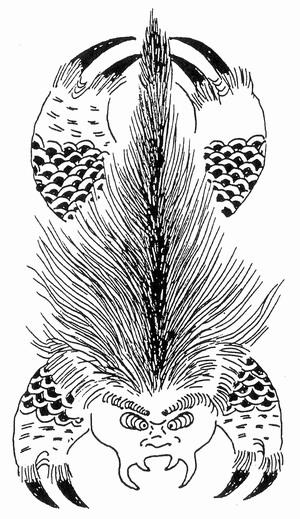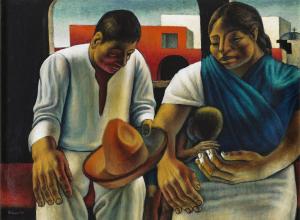Many of the designs of the Pokémon themselves were heavily inspired by some of these traditional kami. The most notable of these Pokémon is certainly Pikachu, whose core design was inspired by the Raijū: a kami who could take the form of a squirrel-like creature and transform into a ball of lightning.
Among the Pokémon illustrators that Shintoism influenced, perhaps none has had a greater impact on the franchise than Mitsuhiro Arita. Arita illustrated many of the original Pokémon trading cards and, after twenty years, is responsible for hundreds of card designs.
Arita’s influence on the success of the franchise cannot be understated. During the development of the first Pokémon Trading Card Game expansion set, Arita and other artists were the first to depict the creatures in any detail. Arita explained to Pokemon.com in 2018, “As you know, the first Pokémon video games came out on the Game Boy in monochrome, with a really rudimentary pixel art...so when I started on this project, pretty much all I had as reference were those sprites—the pixel art of the Pokémon.”
Arita and other artists that worked on the base set largely used their own visions to bring the garbled and pixelated images in the early games to life, and undoubtedly had a significant influence over the portrayal of these Pokémon in the future.


























